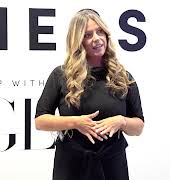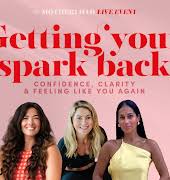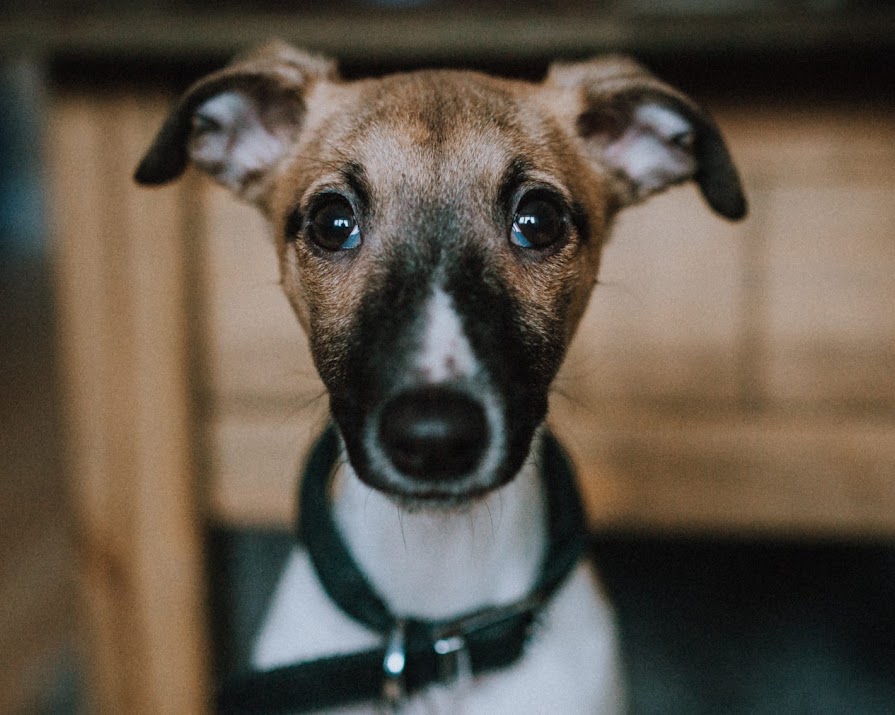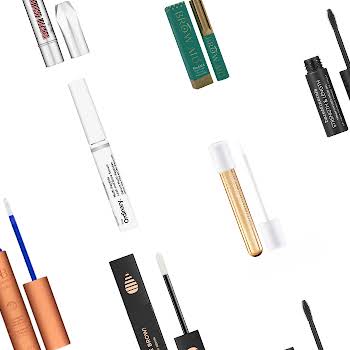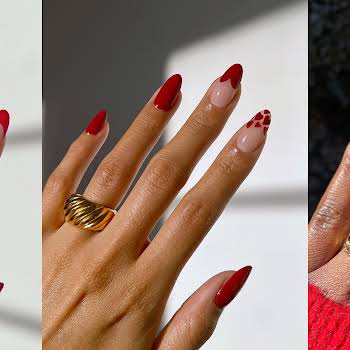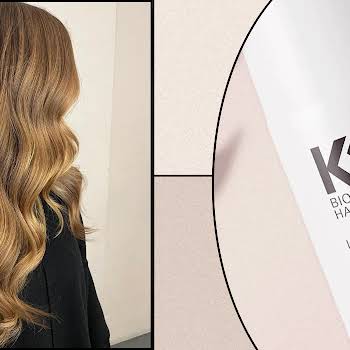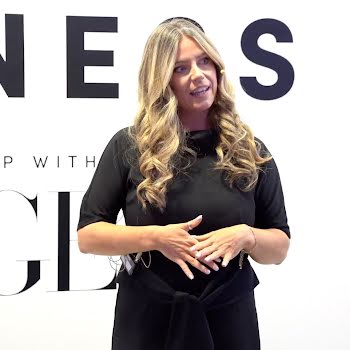By Aoife Cunningham
21st Oct 2018
21st Oct 2018
With thanks to social media, consumers are becoming increasingly aware of brands and their ethoses. What’s more, campaigns to ban animal testing now reach a wider audience at a much quicker pace. We’re used to seeing hashtags like #CrueltyFree on Facebook and Instagram, but is the truth behind these hashtags being overlooked? Aoife Cunningham examines animal testing in the cosmetic industry and beyond.
PETA estimates 100 million animals die in laboratories every year as a result of animal testing. This testing is not limited to one species; dogs, cats, fish, rodents and monkeys are all subjected to daily torturous methods, often leading to premature death. One such method involves a substance being rubbed onto shaved skin and chemicals into the eyes (without pain relief), in order to test for skin irritation and to monitor the side effects of a specific ingredient. Other methods include repeated force-feeding, drinking and inhalation of substances; while another involves deliberate gene mutation during breeding to examine birth defects and more.
Related: Make your make-up bag vegan
There is a misconception that cosmetics are the only products tested on animals. In reality, the issue reaches far beyond the make-up aisles. Household cleaners, shampoo, shower gel, bath products, hair care, toothpaste – you name it, there’s an animal out there being tested on for it. When they’re no longer of any use to the industry, they’re killed. When the experiments are completed, the animals are put to death often by lethal injection, gassing, or decapitation. Some die having been allowed to live for a week. Others make it to the age of four. Their bodies are then put through more experimentation, even after death, proving that such companies view laboratory animals as disposable commodities. Many of you reading this have pets. Think about that for a minute.
Not all doom and gloom
Many brands have chosen to take a stand against animal testing; from Penneys and Inglot, to Aldi’s household and personal care, more companies are becoming progressive. This means there is a wealth of products available to buy (and use) without guilt. Celebrities, such as Ricky Gervais and Kat von D, have used their public platform to urge consumers to think twice about the brands they invest in. Kat, a well-known animal rights activist, previously pointed out that consumers have a choice when it comes to the beauty industry. “When we buy products from a company that tests on animals, we are voting for cruelty, and no lipstick or eyeshadow is worth that.”
Alternatives to animal testing are paving the way for a cruelty-free future. What’s more, these progressive methods have proven more realistic results, given a human’s body is different from that of an animal. According to Cruelty Free International, “Almost every type of human and animal cell can be grown in the laboratory,” meaning companies can ultimately choose compassion over suffering. But it doesn’t stop there. “Human cells have been used to create innovative little devices called ‘organs-on-chips’. These can be used instead of animals to study biological and disease processes, as well as drug metabolism.” If using these methods eliminates suffering and provides accuracy, we need to question the ethics of companies who still choose to experiment on animals.
Still more work to be done
The industry is undoubtedly taking positive steps forward, but there is still a long way to go. Big steps can be made if consumers continue to question brands and their stance on animal testing, but also by becoming more informed about their product choices. If you’re interested in making the switch to cruelty-free products, there’s abundant information available at your fingertips. Websites, including Cruelty Free Kitty and Cruelty Free International, provide a comprehensive list of brands who are against animal testing, as well as those yet to stop. The database is updated regularly, and you can learn more about animal testing and alternatives from PETA.
 Photo: @CrueltyFreeIntl on Twitter
Photo: @CrueltyFreeIntl on Twitter
For those who prefer to browse on the go, free apps like Bunny Free can help you to learn about various brands and products; whilst the app Cruelty Cutter allows you to scan barcodes to check a brand’s status, request further information and investigations, as well as offering real-time results.
In an age where transparent information is available at our fingertips, can we as consumers really choose to turn a blind eye to animal suffering for the sake of vanity?
Photo: Mitchell Orr via Unsplash

